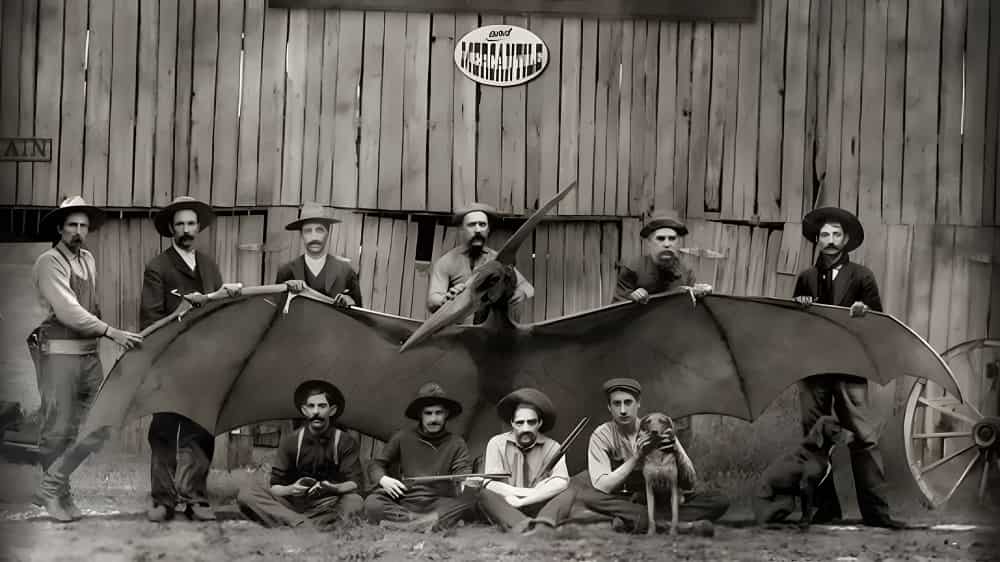Nestled in the picturesque embrace of Arizona lies a captivating expanse adorned with awe-inspiring landscapes and sands that shimmer in a golden symphony. Within the labyrinthine canyons, an assortment of enigmas and urban tales await discovery. The local folklore, rich with mystifying narratives, stands as a distinctive tapestry, diverging markedly from the tales woven in other corners of the world. In the unfolding pages of today's article, we embark on a journey to unravel the peculiar threads of a curious urban legend that calls Arizona home.
The town of Tombstone in Arizona stands as a living testament to the untamed spirit of the Wild West. Renowned for its cowboy culture and historic gunfights, this iconic locale has served as the backdrop for numerous films inspired by its rugged charm. Even today, the echoes of the past reverberate through the cobblestone streets, where "stagecoaches" transport visitors, and the infamous "O.K. Corral" serves as a haunting reminder of bygone shootouts.
Beneath the surface of Tombstone's Wild West allure lies a tapestry of mysterious encounters, some bordering on the supernatural. In 1890, the local newspaper, Tombstone Epitaph, chronicled a peculiar incident involving two ranchers in the desert. Their account detailed a colossal creature soaring in the sky, boasting an astonishing wingspan of about 100 feet. Shockingly, the ranchers not only witnessed this giant being but also claimed to have shot and killed it, capturing the moment in a photograph. While local folklore insisted the image was published in the newspaper, no such evidence remains in the Tombstone Epitaph archives.
Adding to the intrigue, in 1930, a surge of people asserted having read the story and seen the photograph, creating an air of mystery and skepticism. Subsequently, various images surfaced, depicting ranchers posing with colossal birds, with one image suggesting a pterodactyl, complete with leather wings and a formidable beak. The authenticity of these pictures remains elusive, clouded by the ambiguity of a West filled with tall tales and hoaxes.
The debate intensifies as some experts dismiss these images as deliberate fabrications, capitalizing on the popularity of Old West narratives. Conversely, believers argue that the encounters may point to the existence of a creature or supernatural being in the region. To delve deeper into this enigma, an exploration of Native American folklore becomes essential.
Native American traditions speak of the thunderbird, a colossal supernatural bird depicted in ancient petroglyphs. Revered for its immense size and human-like intelligence, the thunderbird is associated with lightning and storms. According to belief, its powerful wingflaps generate thunderous sounds. Native Americans hold the conviction that the thunderbird provides protection, assistance, and strength, residing in another realm while having the ability to materialize on earth.
Could the sightings in Tombstone be linked to the thunderbird? The answer remains elusive, shrouded in the mystical aura of the Old West. Perhaps, in the convergence of myth and reality, lies the key to unraveling the mysteries that continue to echo through the canyons of Arizona's legendary town.














0 comments:
Post a Comment